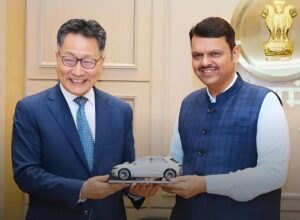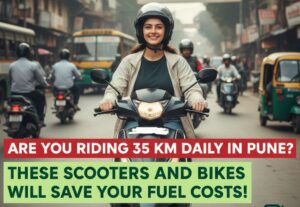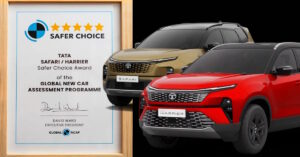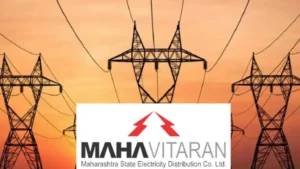Cheaper Than a Bullet Bike: Meet the New Solar EV That Costs Just ₹0.50/km to Run from Mumbai to Pune
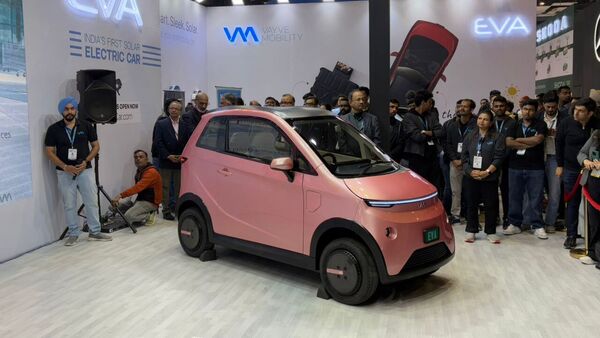
Cheaper Than a Bullet Bike: Meet the New Solar EV That Costs Just ₹0.50/km to Run from Mumbai to Pune
With rising fuel prices and growing environmental concerns, electric vehicles (EVs) are quickly gaining traction across India. In a significant move to accelerate this shift, Maharashtra’s Mahayuti government has introduced a forward-looking EV policy, slashing electric vehicle prices in the state by 15% and offering benefits like toll exemptions.
Among the latest and most buzzworthy entries in the EV space is a new solar-electric compact car that’s turning heads—not just for its innovation, but also its affordability. This new vehicle is priced even lower than the iconic Royal Enfield Bullet.
Developed by Pune-based startup Vayve Mobility, the car—named Eva—was unveiled at the Bharat Mobility Global Expo 2025. Touted as India’s first solar-powered car, Eva is fully electric and designed specifically for urban commuting.
Starting at just ₹3.25 lakh (ex-showroom) for customers opting for a rental battery plan, Eva offers an entry point into the EV market that’s hard to beat. For those who prefer full ownership including the battery, the price stands at ₹5.99 lakh (ex-showroom). The car comes in three variants to suit different needs.
Thanks to its compact design, Eva excels in congested city conditions, effortlessly handling tight streets and limited parking. Despite its size, it delivers impressive performance: a top speed of 70 km/h, acceleration from 0 to 40 km/h in just 5 seconds, and a range of up to 250 km on a single charge.
What truly sets Eva apart is its ultra-low running cost—just ₹0.50 per kilometer. And with integrated solar panels, it can generate enough energy to drive up to 3,000 km a year without plugging in.
With features like smartphone connectivity and a strong focus on efficiency, Eva offers a smart, clean, and cost-effective mobility solution. As cities across India strive to tackle air pollution and traffic congestion, innovations like this are setting the pace for a greener, more affordable future on the roads.





